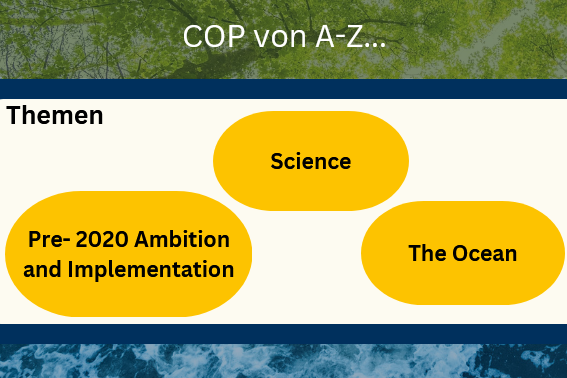Over 800 events centred on climate change were held at COP29. DKKV presents the most important topics!
Pre-2020 Ambition and Implementation
Before 2020, it was crucial that the UN coordinated global efforts to reduce greenhouse gas emissions under the United Nations Framework Convention on Climate Change (UNFCCC), with developed countries leading the way and developing countries also stepping up their national climate action. The UN provided financial, technological and capacity-building support, particularly through funds such as the Green Climate Fund, and aimed to provide 100 billion US dollars annually for climate protection measures in developing countries by 2020.
Scientists, researchers and stakeholders around the world are reporting changes that go beyond natural temperature fluctuations on land and in the sea, as well as abnormal trends in seasons, precipitation patterns and many other systems. The scientific evidence on climate change is clear. In response, an international climate regime has developed. Governments, intergovernmental organisations, non-governmental organisations, businesses, research institutions, civil society and others are working together to build the science and knowledge that will enable us to tackle the causes and threats of climate change.
The ocean plays a central role in the Earth’s climate system, absorbing about 90% of excess heat and 25% of CO2 emissions from greenhouse gases. While these processes have mitigated some climate impacts, they are also causing challenges such as warming, acidification and sea level rise, which threaten marine life and coastal communities that are currently home to 680 million people. Protecting the ocean is critical to climate stability, biodiversity and the well-being of coastal communities.


